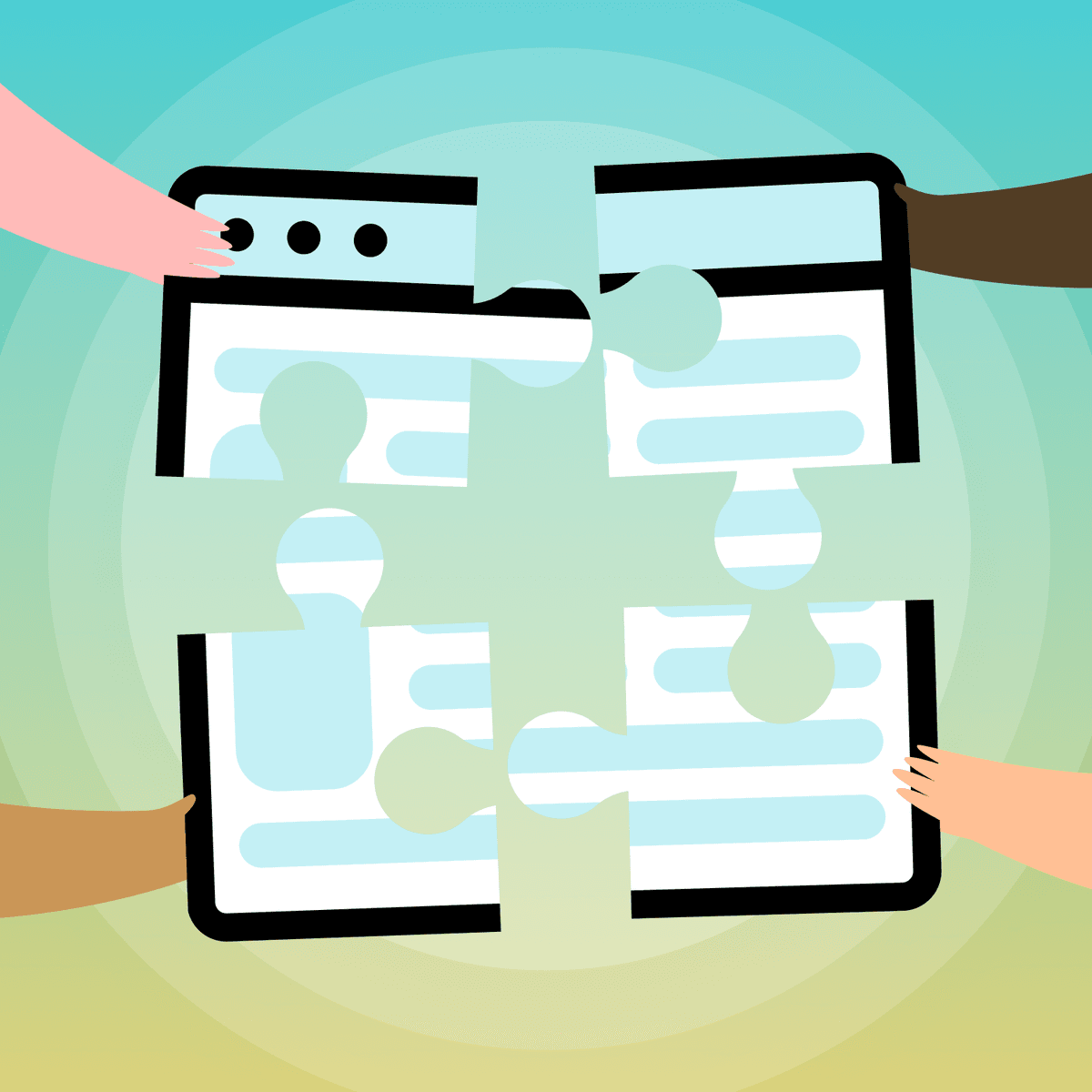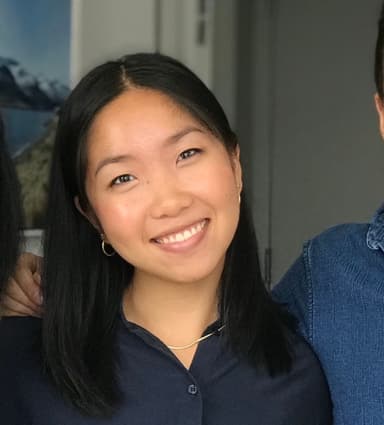How Braze Promotes Teamwork, Insights, and UX Improvements Through Collaborative Synthesis
Published on March 08, 2022/Last edited on March 08, 2022/8 min read


Elaine Lo
Product Designer, BrazeAs a product designer at Braze, a core part of my job is working to ensure that the user experience associated with the Braze platform addresses customer needs, whether by helping to make the tech integration onboarding process more intuitive for the Braze Partnerships team, or better understanding pain points in common internal workflows for the Braze Internal Tools team. At Braze, all of our product team verticals—which include representatives from the Product Management, Product Design, and Engineering teams—follow a customer-centric process that blends Agile, Lean, and Design Thinking methodologies together with in-house best practices. One of the initial stages of this process is the discovery phase, which is all about identifying the correct problem you’re looking to solve before beginning to consider possible solutions.
Some of the discovery methods that product designers at Braze currently use include usability tests or interviews, collecting feedback through surveys, or conducting desk research on existing data. But once we’ve gathered enough insights from customers, how do we actually use these insights to improve our product?
Where the Magic Happens: Collaborative Synthesis
After my product manager and I conduct interviews and tests as part of the discovery phase, we’re usually faced with raw, unorganized data that might include interview quotes, survey responses, or usability insights. Personally, I find the next part of the process to be the most exciting and rewarding—namely, taking all of the information we’ve gathered and turning it into something meaningful and actionable via synthesis.
What is synthesis? As Service and Interaction Designer Marion Baylé puts it, “Synthesis, in Human-Centered Design, is a collaborative process of sensemaking, which leads to creating a coherent summary of all the data gathered during the design research.” Synthesis is where the magic happens—it’s how we’re able to turn fuzzy unknowns into tangible solutions, and how we can begin to understand our customers and what they really need.
Beyond simply being one part of our product process, I’ve found synthesis—particularly collaborative synthesis—to be particularly useful not only when it comes to understanding data, but also as a way to promote connection, alignment, and engagement on cross-functional teams. Collaboratively synthesizing research as a team has become more important than ever since we’ve begun remote work, and helps us to avoid working in silos so that every person’s input is taken into consideration when making product decisions.
Collaborative Synthesis: The Methodology
There are a variety of different synthesis methods out there, but the specific method that I keep returning to is affinity mapping, perhaps because it’s the simplest and most straightforward way to synthesize findings. Affinity mapping is an exercise where team members begin by generating sticky notes with ideas, observations, or insights from user research, then organize them into clusters based on themes identified within the sticky notes. From there, team members can discuss the themes they’ve found and agree on a path forward, allowing their learnings to inform the product roadmap or general decision-making. In my experience, I’ve found that having dedicated time and space to review and uncover patterns within specific research insights as a group often leads to spontaneous brainstorming, rich discussion, and the opportunity to provide more context around the actual research and the customer’s point of view.
What does this look like in practice? The Braze Internal Tools team ran an affinity mapping session to synthesize a CSAT (Customer Satisfaction) survey and better understand our users’ foundational experience with internal tools. Previously, we hadn’t done much generative research for Internal Tools, and weren’t always clear on who we were building tools for within Braze. As the team created groupings out of the survey responses, we began to understand that our users, many of them Success, Support, Sales, and Product team members, wanted more enablement and guidelines on how to use specific tools. Many of them felt that Feature Flippers, a tool that allows certain features to be turned on or off for specific customers, had an inconsistent and confusing UI.
As a result of this effort, we’ve made a point of ensuring that there are more user-centered projects on the Internal Tools roadmap, such as incorporating enablement material within our Internal Tools dashboard to set up our internal teams for success when they’re using our features, and helping product managers and customer support managers save time by making Feature Flippers more efficient. It’s easier now to explain to other stakeholders why I might push for a particular usability improvement or design change, since I can point back to the learnings from the synthesis that we worked on together.
When you’re ready to synthesize your design research, there are many resources online, such as IDEO’s Design Kit, Nielsen Norman Group, or 18F’s Human-Centered Design Methods to help you find the right technique for your specific team and/or project. In addition to affinity mapping, you may find that empathy mapping and user journey mapping are useful activities that follow the basic objective of finding patterns within qualitative data, and are often most impactful when done as a team.
Collaborative Synthesis: Alignment, Empathy, and Connection
One of the key elements of a successful research synthesis is making sure to involve non-designers. Not only did the collaborative synthesis help us validate user-centered initiatives on our roadmap and build empathy for what our users were experiencing, it was incredibly helpful to get the Braze Engineering team involved in user research. They were able to quickly grasp pain points that technical users of Internal Tools expressed and empathize with them, such as finding our incident management tool confusing at times. With collaborative sessions like these, the more variety in the room in terms of roles, expertise, and experiences, the more valuable insights that can be gained.
Non-designer team members were also able to acquire more context around user needs and pain points early on in the process. Not everyone in the synthesis sessions was involved in the research sessions, so the synthesis process was an opportunity for everyone to download the learnings and build alignment moving forward—that way, no one would be caught off guard when we made user-driven decisions down the line based on specific insights that came up in the research.
Beyond building alignment and empathy for our users, we’ve found that these sessions do a lot to bring us together. When I felt disconnected from my colleagues because we were all working from home, running collaborative synthesis sessions provided a way for me to get to know them better, thanks to the spontaneity and creativity of the discussions we were having. The sessions are structured yet informal, and there really are no right or wrong ideas because the goal is to find connections and share your unique interpretation. My favorite platform for these sessions, FigJam, has many tools that my teams have taken advantage of to make up for in-person interactions, such as emoji reactions and stickers to vote or mark interesting ideas and discussion points.
Collaborative Synthesis: Building the Customer-Centric Muscle
When I started on the Partnerships and Internal Tools teams, I wanted to seize the opportunity to promote user-centered thinking and to stay mindful of common challenges that can arise in design and development collaboration, such as:
- Cross-team misunderstandings
- Bringing in engineers too late in the process
- Identifying technical limitations too late in the process
- Misalignment caused by an engineer’s lack of context around a designer’s rationale for a given solution
By working together early on to uncover user needs, look over raw research data, and align on next steps, we were positioned to collaborate on building our product with a mutual understanding of what the possible solutions are and how we arrived at those particular solutions.
Building user-driven processes into overarching team processes takes time. Now that these teams have conducted several collaborative synthesis sessions, I can confidently say it is a muscle that we’ve been able to strengthen, and I’m looking forward to pursuing the projects on our roadmap that have been driven forward by all of the customer-centric work my team members have put in.
Final Thoughts
Every day at Braze, teams strive to find the right balance across user, business, and engineering objectives in order to create the best possible product, and finding time to engage and collaborate with one another via research synthesis—especially in a remote work environment—is a worthwhile and conducive way to do just that.
Interested in learning more about how to approach UX research in actionable, productive ways? Check out “4 Ways to Use Research as an Organizational Bridge.”
To learn more about working at Braze, visit our careers page and to check out our open roles.
Related Tags
Be Absolutely Engaging.™
Sign up for regular updates from Braze.
Related Content
View the Blog
The new inbox reality: How iOS changes are reshaping email marketing

Aparna Prasad

Experience optimization: Turning data insights into better journeys

Team Braze

December 2025 Bonfire Marketer of the Month: Jagex’s Emma Oliver
